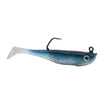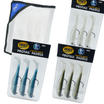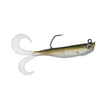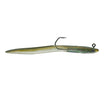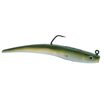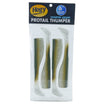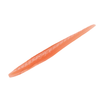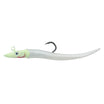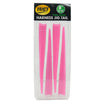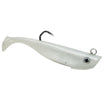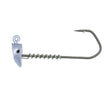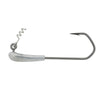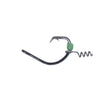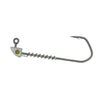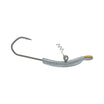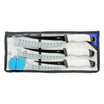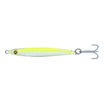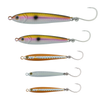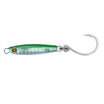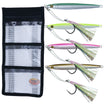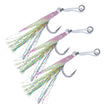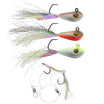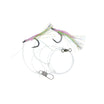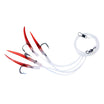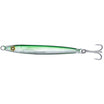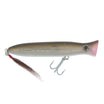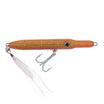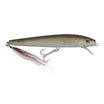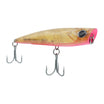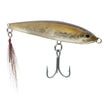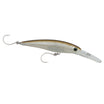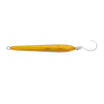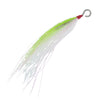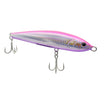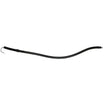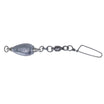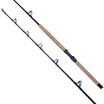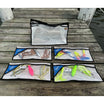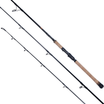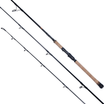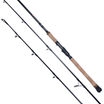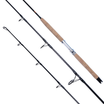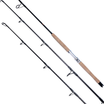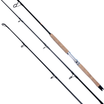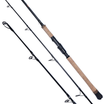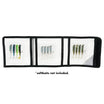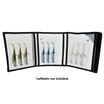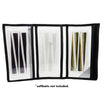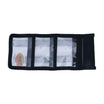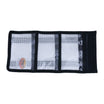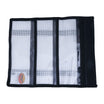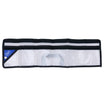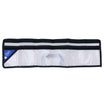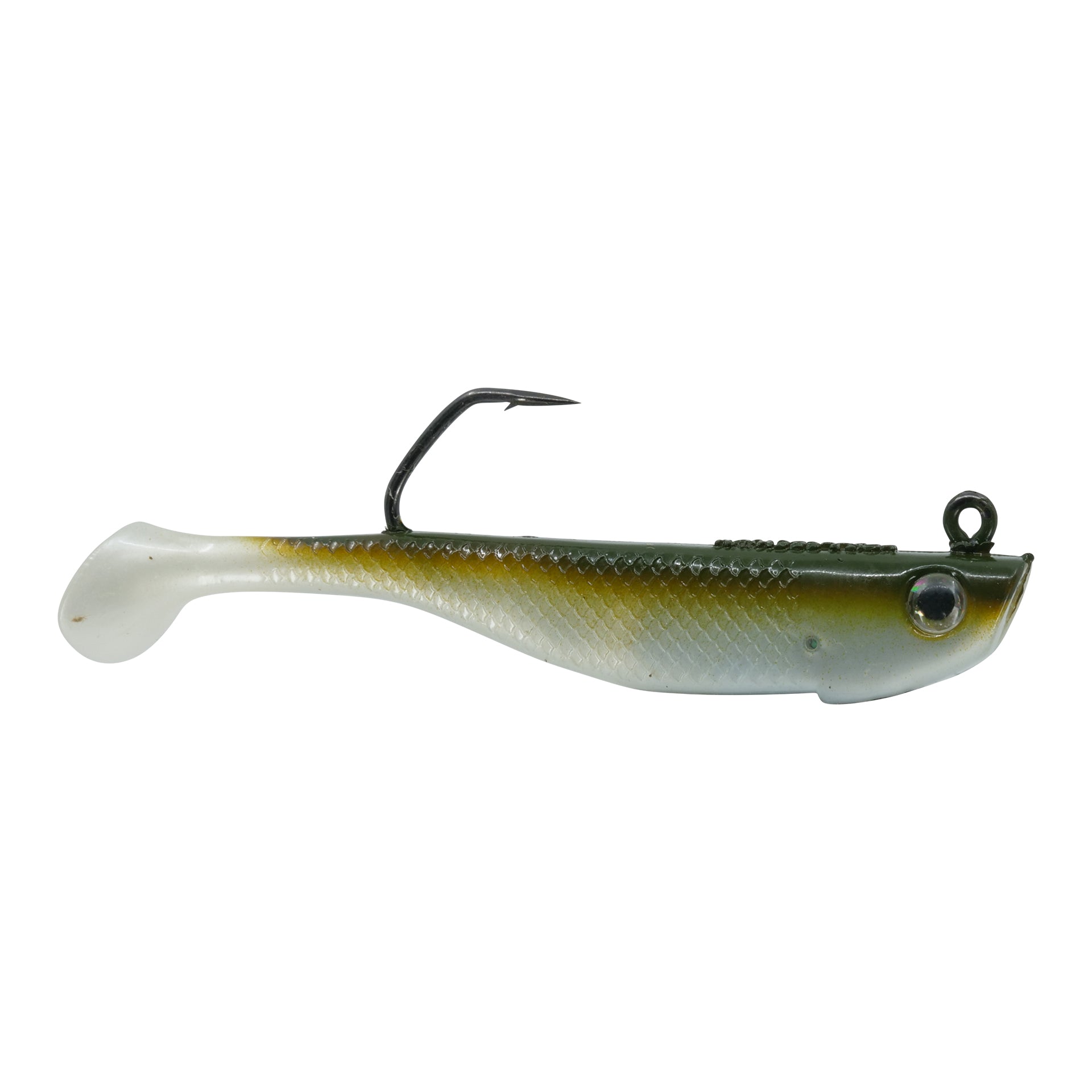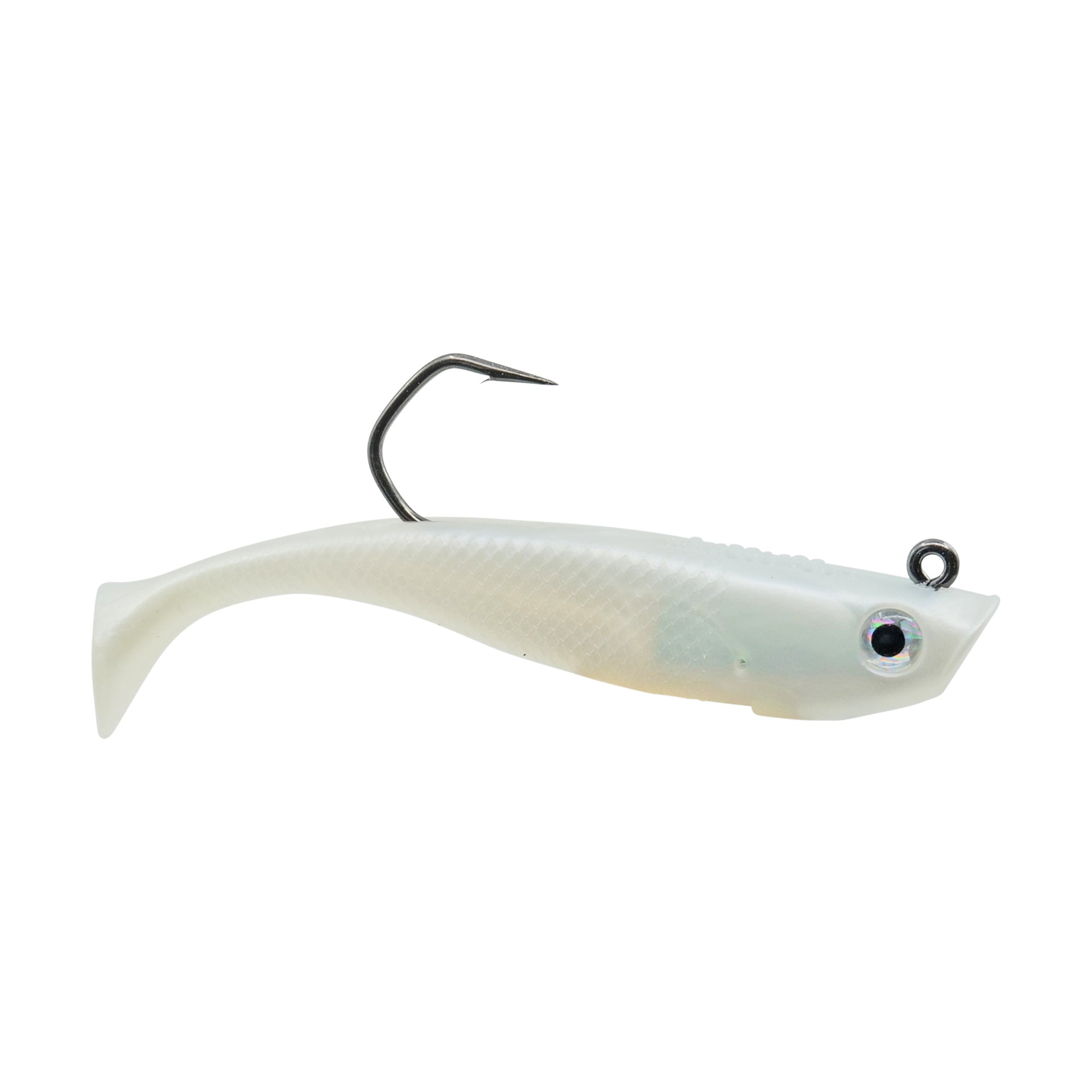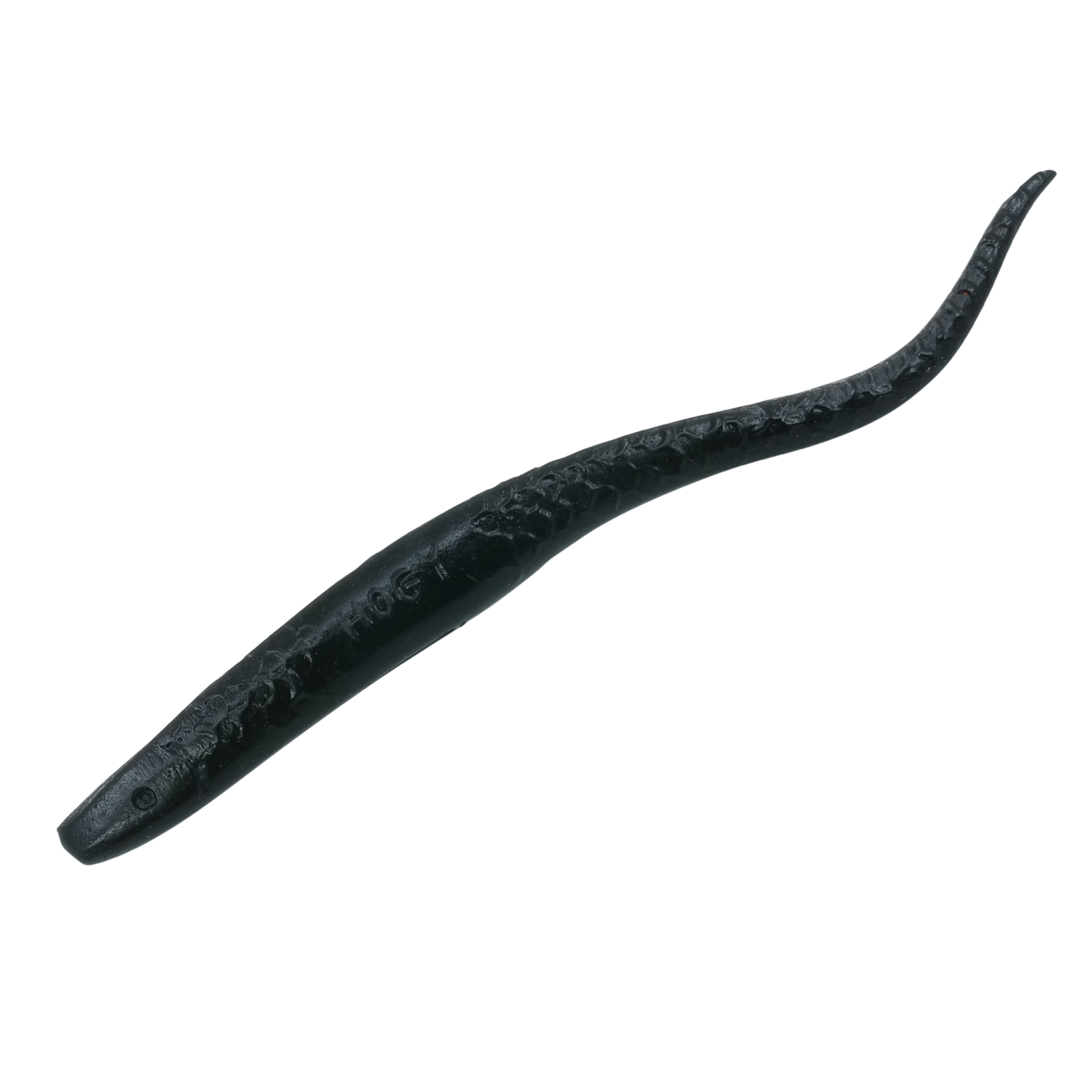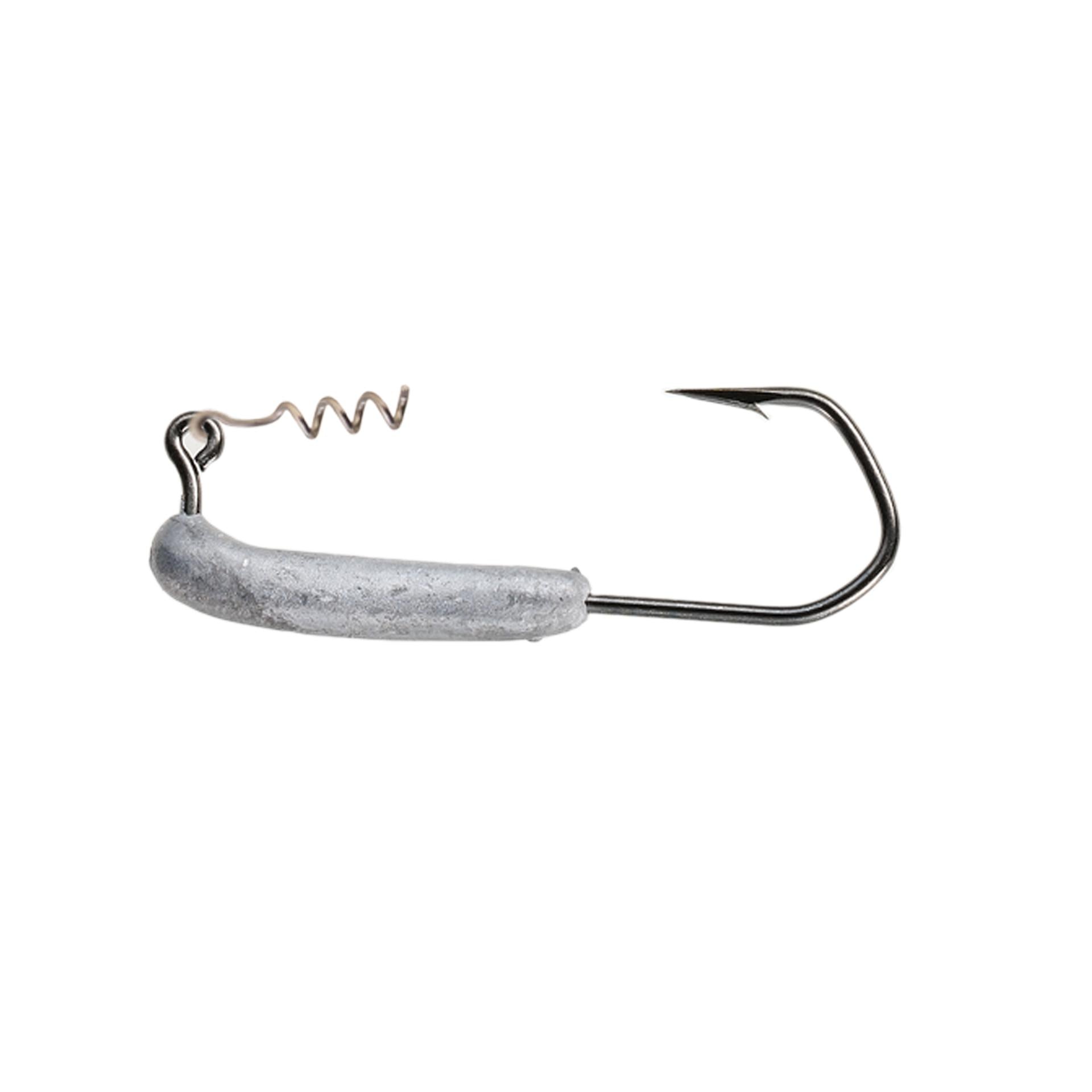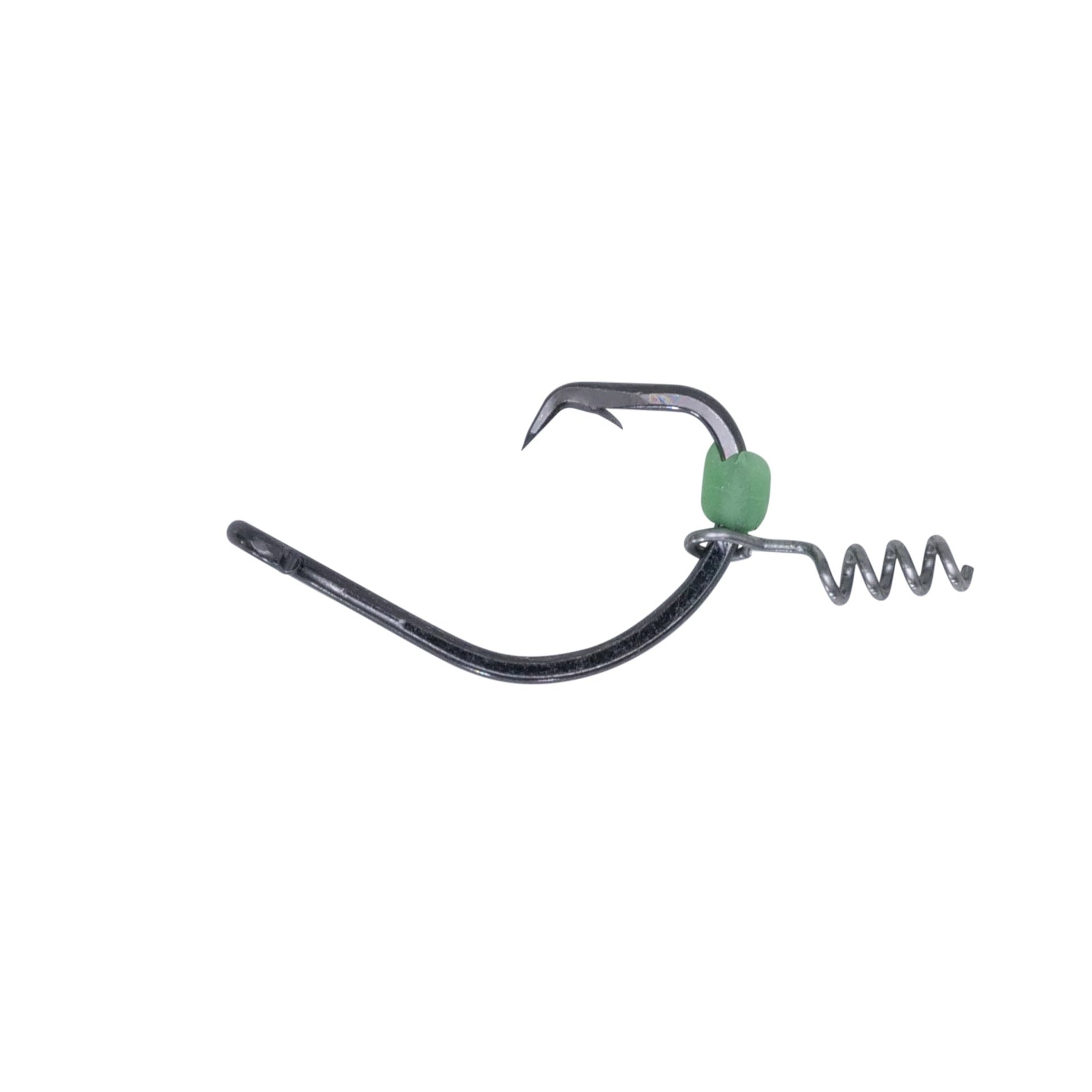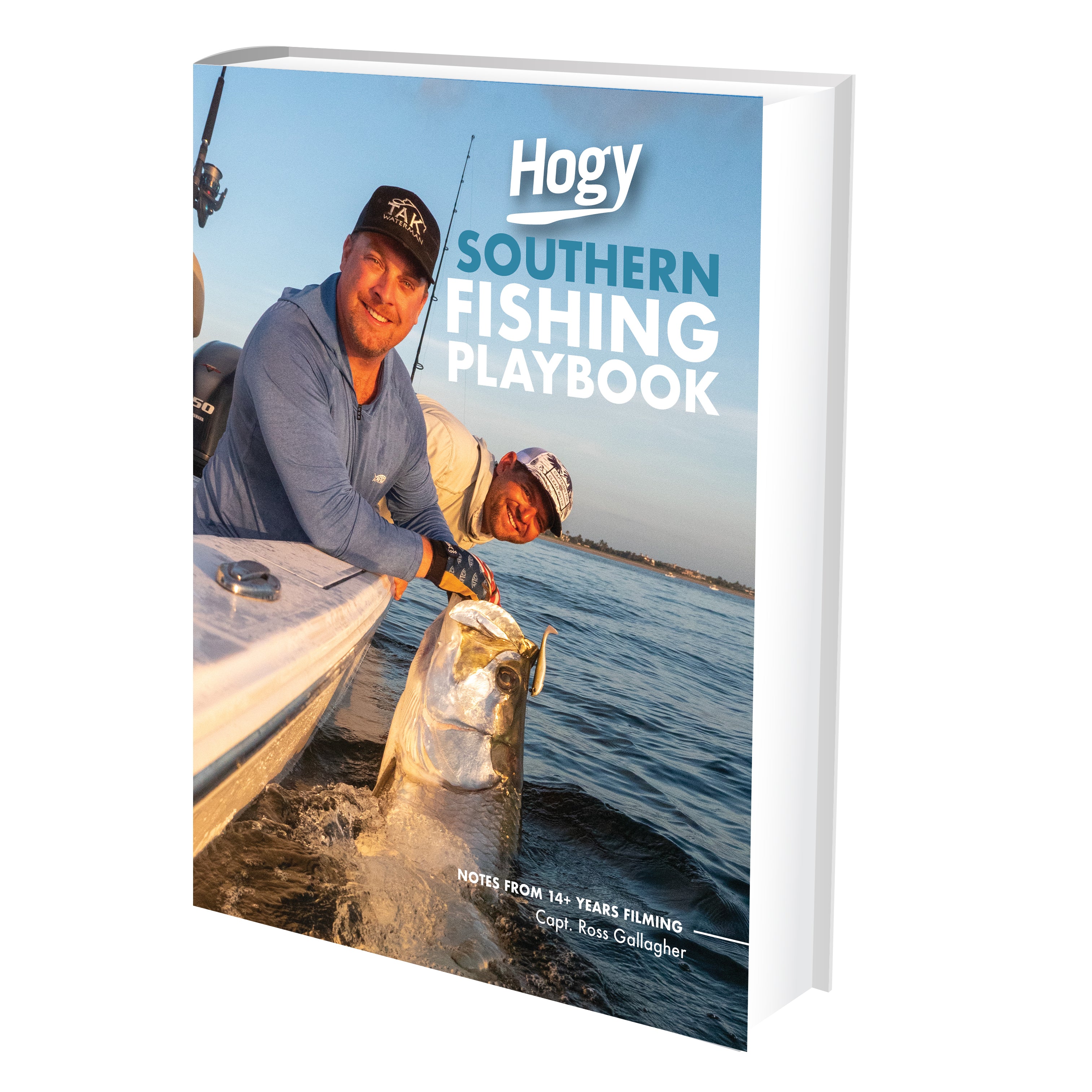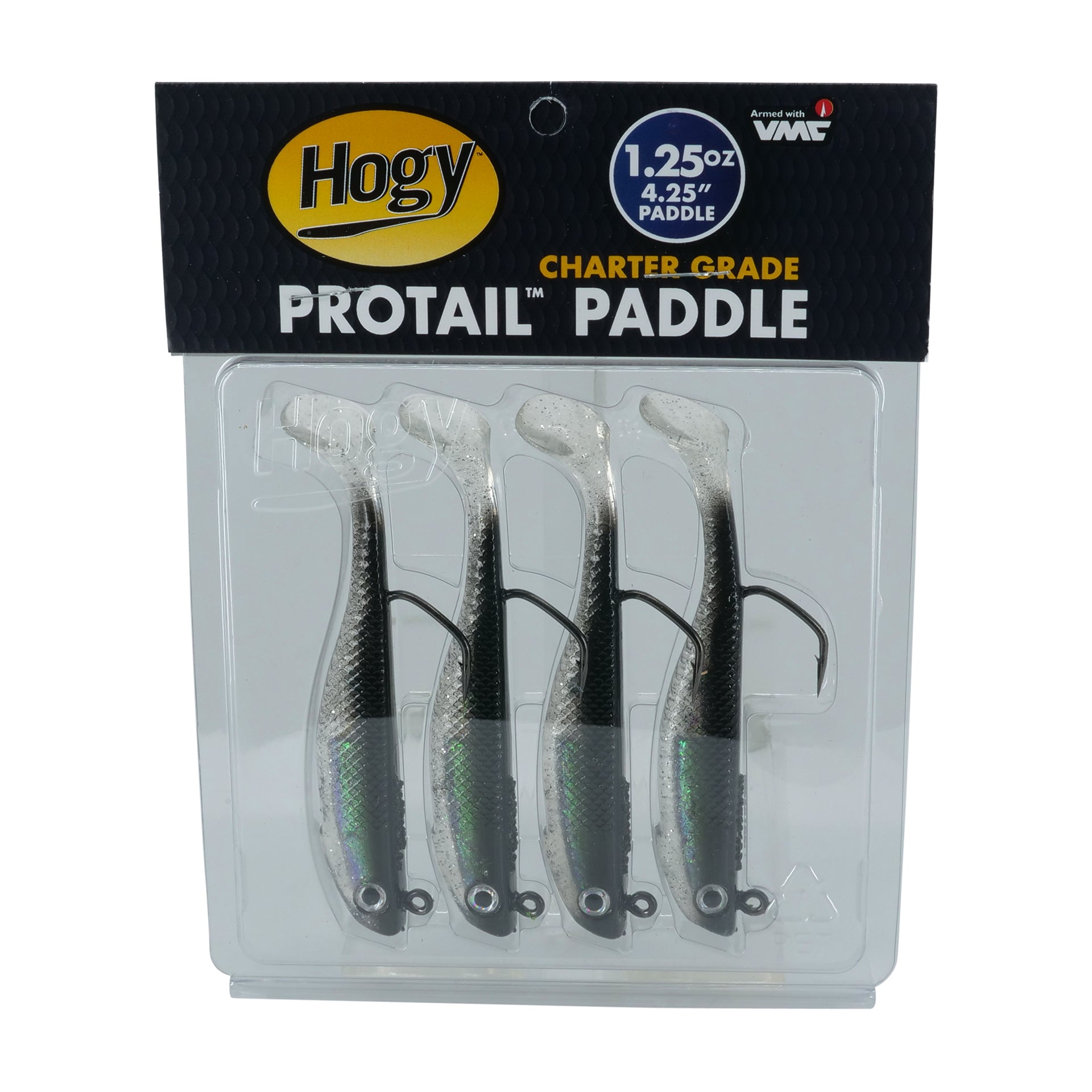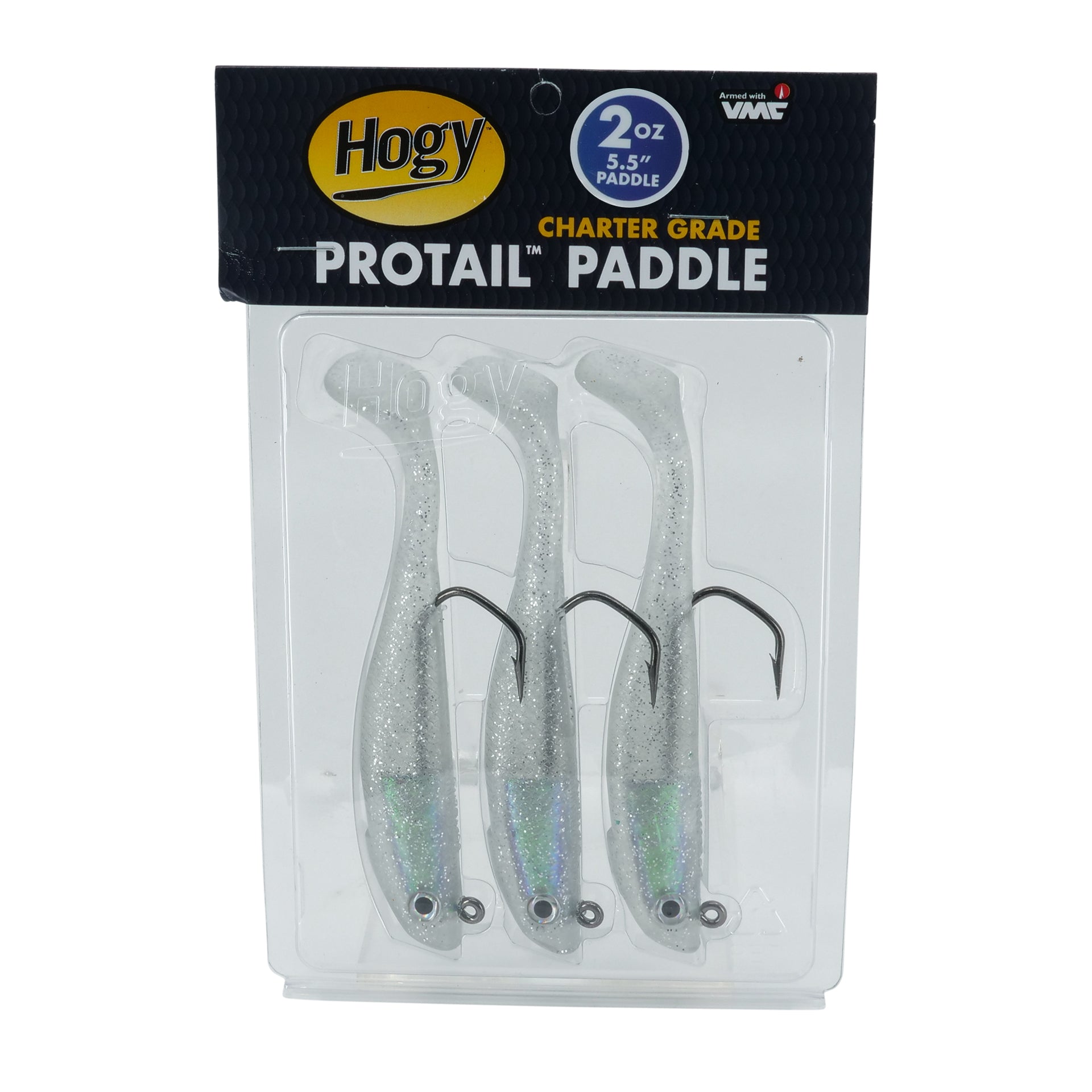Tarpon Fishing Inland Channels
These backwater tarpon highways provide some of the most consistent fishing opportunities during the tarpon migration. Often, the most productive channels slither their way through shallow flats like an artery, with branching veins reaching into nearby drop offs, sand bars and pot holes. These small changes in bottom contour create a variety of back eddies and current breaks with small drop offs into deeper water, easy and convenient locations for tarpon to congregate and feed with minimal effort.
You can easily locate these channels with a little homework studying area paper charts, or for the techie, using one of several applications like Google Earth or Navionics. Highly trafficked channels can harbor fair populations of tarpon and some can offer some incredible fishing opportunities. But, these busy routes often go quiet once the late morning’s heavy boat and zipping jet skit traffic go full steam.

Notes: Channels offer an opportunity to utilize topwater and subsurface techniques. While large, deep channels can hold large numbers of fish, smaller shallow channels along grass flat edges can hold decent numbers of fish that may be less pressured and more apt to feed on artificials.
Go To Lures: On calm, slicked out days I’ll usually start with an unweighted 10-inch or 7-inch Original rigged on a Swimbait Hook. There’s usually a fair amount of grass blowing around with the tide and a weedless presentation can save a lot of headaches. I’ll make a variety of casts, making sure to always swim the lure with the current. This can be casting straight into the tide direction, so the lure is retrieved with the flow of the current, or my favorite, which is casting at an angle with the current, letting the bait undulate with a slow topwater presentation as it drifts with the tide.
Seeing fish roll is a great indicator of where cast placement should be. When a fish rolls, try to cast five to eight feel up current from the fish and four to eight feet beyond. This allows you a moment to begin your retrieve and get the lure into full action before it arrives into the anticipated strike zone.
On windy or overcast days, a little heavier presentation can work well. I’ll normally switch between my unweighted Original Eel and a small or medium Pro Tail Paddle like the 4.25” or 5.5” 2oz model. Try to allow a little extra distance beyond the fish so the entry splash doesn’t spook them. On very choppy days tarpon can get pretty frisky and aggressive; in this case you can plant the bait quite close to the fish and begin the retrieve immediately.
Methods: Tarpon will be holding in channels at some point every day. Generally speaking, these areas are most active in the early morning before tarpon venture onto the flats or toward the evening as they move back into the channel for night feeding. These low light periods are always an ideal feeding time for tarpon and should be capitalized on whenever possible. Midday tarpon rolling in channels tend to be pretty finicky and often ignore offerings.
Approach: Locate an area with a sharp drop off, back eddy, quick bend, or sand bar dropping into deeper water. Any of these feature changes create a stopping point for tarpon as they move in and out of the channel with the tide. Stake out your boat along the shallow edge of the channel within long casting distance of the attractive feature.
On a falling tide fish will often be sliding into the channel from the flats, so you’ll want keep an eye 360 degrees around you for fish pushing into deeper water. On a rising tide, you’ll find fish coming in with the tide, popping out of the channel and making their way toward the shallows.
Tips: For best luck on midday channel tarpon, focus on targeting fish right around tide changes, particularly the first third of an outgoing tide. The fish will generally feed hard for a short period as the first flush of forage washes off the flats. If fish are unresponsive, seek out adjacent flats for actively feeding tarpon and return to channels around low light for better success.
Recommended Rigging: Classic Barbarian Jig 10/0 (Unweighted, 1/2oz), Keeper Soft Circle Hook (4/0, 6/0)

